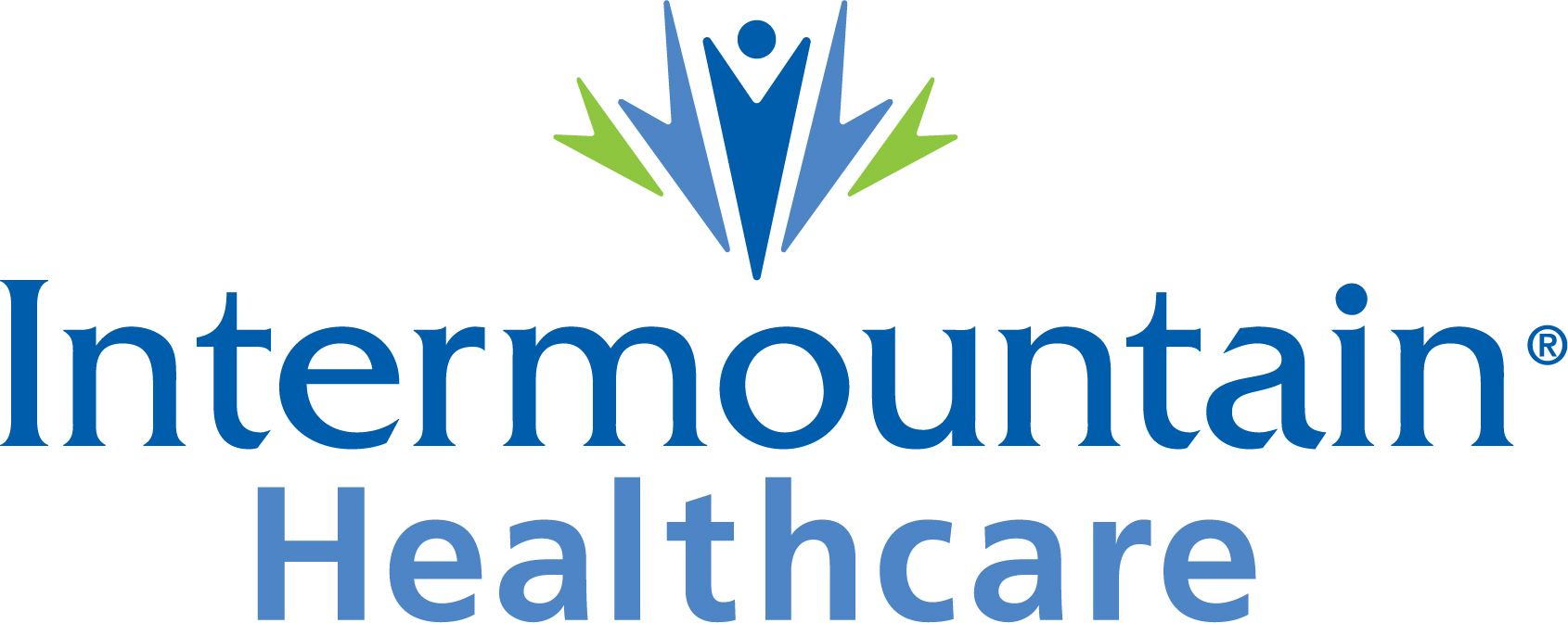Intermountain Healthcare Experts Give the Best Ways to Keep Your Child’s Skin Safe
Industry: Healthcare
Intermountain Healthcare experts recommend that all kids above the age of six months -- regardless of their skin tone and type -- wear sunscreen with an SPF of 30 or higher.
Salt Lake City, UT (PRUnderground) June 10th, 2022
With temperatures on the rise and people participating in more outdoor activities, it’s a good time to be reminded of the need for protection against the sun’s strong ultraviolet (UV) rays.
Multiple studies show the relationship between sun exposure and increased risk of developing the most common types of skin cancers: squamous cell carcinoma, basal cell carcinoma, and melanoma. These studies only demonstrate a strong relationship in the lightest skin tones that are more likely to burn than tan.
For darker or more melanated skin tones, the largest study to date published in JAMA Dermatology did not show an association between UV index, latitude, and melanoma in black, white Hispanic, native American, or Asian/pacific islander populations; but because of the rarity of these melanomas in darker skin tones, it is hard to draw a definitive conclusion based on the study alone.
“While darker skin tones and more melanin do offer some level of UV light protection, there is no substitute for sun protection methods. It’s important to think of sunscreen use as a protective mechanism against not only skin cancer, but also sunburns, freckling, premature aging, and autoimmune skin diseases,” says Nisma Mujahid, MD, PhD, a dermatology resident with Intermountain Healthcare.
As families begin to make their way outside and spend more time in the sun, parents may wonder what are the best ways to protect their child’s skin from strong UV rays.
The American Academy of Dermatology recommends that all kids above the age of six months— regardless of their skin tone and type, wear sunscreen with an SPF of 30 or higher.
Keep babies younger than six months old out of the sun. When going outside, dress babies in lightweight clothes that cover their arms and legs (rashguards)— and don’t forget a hat with a brim.
If the sun can’t be avoided, use a small amount of sunscreen on baby’s exposed skin, such as the hands and face. Little ones should not be wearing any type of topical sunscreen product until they are at least six months old.
For sensitive skin, choose mineral sunscreen with the active ingredients zinc oxide or titanium dioxide. Mineral sunscreen blocks UV radiation while chemical sunscreen absorbs UV radiation before it can be absorbed by the skin.
The best types of sunscreen:
• Have an SPF (sun protection factor) of 30 or higher
• Protect against both UVA and UVB rays (a “broad-spectrum” sunscreen)
• Are water-resistant (protects kids while in the water for 40–80 minutes)
Parents may also be a good role model for sunscreen wearing. Consistently wearing sunscreen with SPF 30 or greater and limiting sun exposure will reduce the risk of skin damage and teach kids good sun sense.
Infants have sensitive skin and are more vulnerable to serious burns. Clothing can be a great way to protect them and children from the harmful effects of UV rays, but not all fabrics block those rays equally. Companies now have testing standards for sun protection of UV protective clothing and it is displayed with a UPF factor rating.
“I recommend my patients wear tested sun protective clothing for days with prolonged sun exposure. Examples of these are hats, shirts, pants, gloves, umbrellas, and strollers with a UPF factor greater than 30,” suggests Dr. Mujahid.
As kids grow up practicing a sun protection routine, they’ll be more likely to extend those behaviors into adulthood, lowering their risk of premature skin aging and every type of skin cancer.
For questions on specific skin type care, consult with a pediatrician or pediatric dermatologist at Primary Children’s Hospital or visit intermountainhealthcare.org
About Intermountain Healthcare
Headquartered in Utah with locations in eight states and additional operations across the western U.S., Intermountain Healthcare is a nonprofit system of 33 hospitals, 385 clinics, medical groups with some 3,900 employed physicians and advanced care providers, a health plans division called SelectHealth with more than one million members, and other health services. Helping people live the healthiest lives possible, Intermountain is committed to improving community health and is widely recognized as a leader in transforming healthcare by using evidence-based best practices to consistently deliver high-quality outcomes at sustainable costs. For more information and updates, click here


